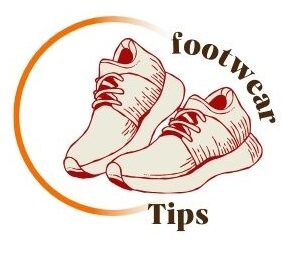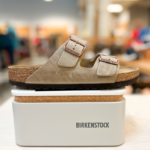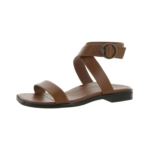Address:
- 2365 Hood Avenue, San Diego, CA, 92123
Barefoot training shoes are available in various brands and styles, offering comfort, support, and durability for activities like walking, running, and training. These shoes provide a barefoot-like experience while still protecting the feet from potential hazards.
Popular brands include Vivobarefoot, Saguaro, and Xero Shoes, which offer a range of features such as lightweight construction, good traction, and attractive designs. Whether you’re looking for minimalist shoes, non-slip footwear, or shoes with wide toe boxes, there are options available to suit your preferences and needs.
Additionally, many of these shoes are available for purchase online with the convenience of free shipping.
Barefoot training shoes have evolved significantly, offering a range of options for fitness enthusiasts. Brands like VivoBarefoot, Xero Shoes, and Under Armour now provide lightweight, comfortable, and supportive footwear with improved traction for various activities. These shoes promote a more natural walking and running experience, helping to improve foot shape and overall health.
Barefoot shoes have gained popularity in recent years due to their numerous benefits for foot health and overall well-being. By mimicking the feeling of walking barefoot, these shoes provide a range of advantages for the wearer. Let’s explore some of the key benefits of wearing barefoot shoes.
One of the main benefits of barefoot shoes is that they help strengthen the muscles in your feet. When you walk or run in traditional shoes, the cushioning and support provided can cause your foot muscles to become weak and underdeveloped. However, with barefoot shoes, your feet are allowed to move naturally, engaging and exercising the muscles in your feet and lower legs.
Barefoot shoes also contribute to better balance and posture. By allowing your feet to move freely and naturally, these shoes help improve the proprioception, or the body’s awareness of its position in space. This enhanced proprioception helps you maintain better balance and posture, reducing the risk of falls and injuries.
Another significant benefit of barefoot shoes is the enhanced sensory feedback they provide. With traditional shoes, the thick soles and cushioning can diminish the sensory input your feet receive from the ground. However, barefoot shoes have thin and flexible soles that allow for a greater level of sensory feedback. This increased sensory input helps you to have a better connection with the ground and make more precise movements.
In conclusion, barefoot shoes offer a range of benefits, including strengthening foot muscles, improving balance and posture, and enhancing sensory feedback. By incorporating barefoot shoes into your footwear rotation, you can experience these advantages and support the natural movement and health of your feet.
Barefoot training shoes are designed to mimic the experience of walking or running barefoot, providing a more natural and unrestricted feel. These shoes are carefully crafted to incorporate specific design features that support the foot’s natural movement and function. Let’s delve into the key design features of barefoot shoes that make them unique and beneficial for users.
The wide toe box design of barefoot shoes allows the toes to splay and move naturally within the shoe, promoting better balance and stability. This spacious design also prevents issues like bunions and cramped toes, enhancing overall foot comfort and health.
Barefoot shoes feature a zero-drop design, meaning the heel and forefoot are at the same level, which encourages a more natural gait and posture. This design helps in distributing the body’s weight evenly and reduces the impact on joints, promoting a more efficient and comfortable walking or running experience.
The thin and flexible soles of barefoot shoes provide a close-to-the-ground feel, allowing for greater sensory feedback and proprioception. This feature enables the foot muscles to work more actively, leading to improved strength and agility. Additionally, the thin sole encourages a natural foot strike, promoting a more efficient and biomechanically sound movement pattern.
Barefoot training shoes are designed to mimic the sensation of walking or running barefoot, providing a natural and minimalist feel. When selecting the perfect pair of barefoot shoes, several factors should be considered to ensure the right fit, comfort, and suitability for specific activities. Let’s delve into the essential aspects to consider when choosing your barefoot shoes:
Ensuring the right fit is crucial when selecting barefoot shoes. Comfort is paramount for an optimal barefoot experience. Look for shoes that provide a snug yet comfortable fit, allowing for natural foot movement. Ensure that there is adequate room for toe splay, as this is essential for maintaining balance and stability. Consider trying on different sizes and styles to find the perfect fit for your feet.
Activity type plays a significant role in choosing barefoot shoes. Different activities may require specific features such as flexibility, durability, or traction. For instance, if you engage in trail running, look for shoes with enhanced grip and durability. For gym workouts, prioritize lightweight and flexible designs. Understanding the specific demands of your activities will guide you in selecting the most suitable barefoot shoes.
Material and durability are vital aspects to consider. Opt for shoes constructed from high-quality, breathable materials such as genuine leather, mesh, and polyester. These materials offer durability, comfort, and breathability. Additionally, check for features like reinforced soles and abrasion-resistant materials to ensure longevity, especially for high-impact activities. Prioritizing durable materials will enhance the lifespan of your barefoot shoes.
Transitioning to barefoot shoes is a great way to improve your training. These minimalist shoes offer a lightweight and comfortable option for workouts, providing better traction and support for a healthier lifestyle.
If you’re considering making the switch to barefoot shoes, it’s important to understand that it’s not a transition that should be made overnight. Your feet need time to adjust to the new style of footwear, and you’ll need to take some steps to ensure that you don’t injure yourself in the process. Here are some things to keep in mind as you make the switch:
Credit: anyasreviews.com
Discover the top barefoot training shoe brands for a more natural and effective workout. From Vivobarefoot to Xero Shoes, these brands offer lightweight, comfortable, and supportive shoes for your fitness journey.
Popular Barefoot Shoe BrandsBarefoot training shoes have become a popular choice for athletes and fitness enthusiasts who want to train their feet and improve their overall body mechanics. These shoes promote natural movement, stability, and balance, and are designed to mimic the feeling of walking and running barefoot. In this article, we’ll explore some of the most popular barefoot shoe brands available in the market.Vivobarefoot: Pioneering the marketVivobarefoot is a British footwear company that has been at the forefront of the barefoot shoe movement. They have been creating high-quality barefoot shoes since 2004, and their shoes are designed to promote natural foot movement and enhance sensory feedback. Vivobarefoot shoes are made from eco-friendly materials such as recycled plastic bottles, natural rubber, and vegetable-tanned leather. Their shoes are also lightweight, flexible, and durable, making them perfect for a range of activities such as running, hiking, and walking.Xero Shoes: Emphasizing versatilityXero Shoes is an American footwear company that specializes in minimalist and barefoot shoes. Their shoes are designed to be versatile and can be used for a range of activities such as running, hiking, and walking. Xero Shoes emphasize the importance of natural foot movement and sensory feedback, and their shoes are designed to mimic the feeling of walking and running barefoot. They use eco-friendly materials such as recycled polyester and natural rubber to make their shoes, making them an excellent choice for environmentally conscious consumers.Merrell and Vibram: Innovating designsMerrell and Vibram are two of the most well-known brands in the outdoor footwear market. They have both been at the forefront of the barefoot shoe movement, and their shoes are designed to promote natural movement and enhance sensory feedback. Merrell and Vibram use innovative designs and materials to create shoes that are lightweight, flexible, and durable. Their shoes are perfect for a range of activities such as hiking, running, and walking, and they are designed to withstand various terrains and weather conditions.In conclusion, barefoot training shoes have become a popular choice for athletes and fitness enthusiasts who want to train their feet and improve their overall body mechanics. Vivobarefoot, Xero Shoes, Merrell, and Vibram are some of the most popular barefoot shoe brands available in the market, and they all emphasize the importance of natural foot movement and sensory feedback. These shoes are designed to promote a natural gait and enhance overall body mechanics, making them an excellent choice for anyone who wants to optimize their training and performance.Barefoot training shoes are designed to provide a minimalist, natural feel for your feet, but they do require proper care to maintain their performance and longevity. By following these tips for cleaning and maintenance, as well as maximizing the lifespan of your shoes, you can ensure that your barefoot shoes stay in top condition for longer.
To keep your barefoot shoes in good condition, regular cleaning and maintenance are essential. Here are some tips to help you care for your shoes:
Extending the lifespan of your barefoot shoes not only saves you money but also ensures continued support and protection for your feet. Here’s how you can maximize the longevity of your shoes:
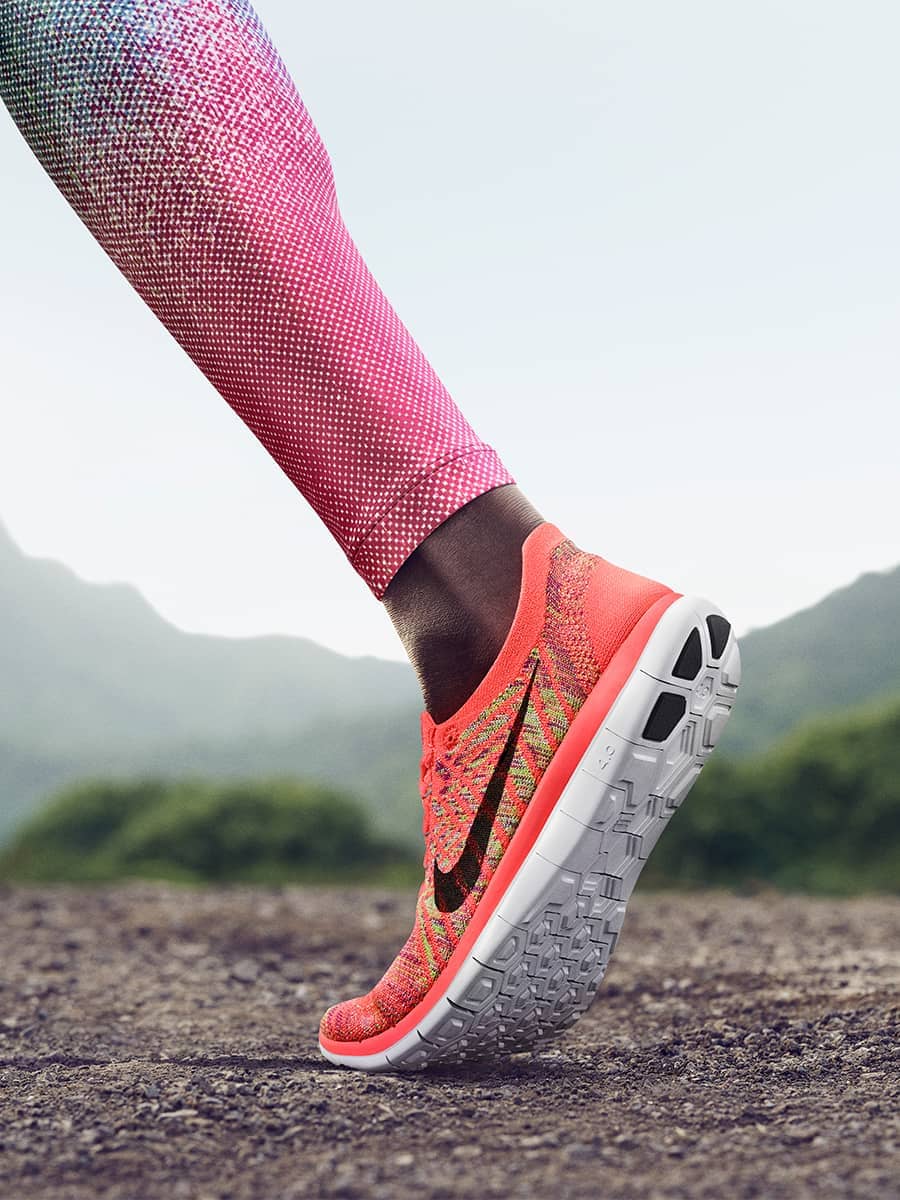
Credit: www.nike.com
Experience the ultimate freedom and connection with your surroundings with Barefoot Training Shoes. These shoes provide a minimalist design, allowing your feet to move naturally and enhancing your training performance. Say goodbye to restrictive footwear and unlock your full potential with Barefoot Training Shoes.
Real User ExperiencesSuccess Stories and TestimonialsBarefoot training shoes have garnered a multitude of success stories and glowing testimonials from real users. The transformative impact of these shoes on people’s fitness and overall well-being is nothing short of remarkable. Let’s delve into some firsthand accounts of individuals who have reaped the benefits of barefoot training shoes.Addressing Common Concerns and MisconceptionsOne common concern is the misconception that barefoot shoes lack support and protection. However, many users have found that these shoes provide ample support while allowing for natural foot movement. Another misconception is that barefoot shoes are only suitable for specific activities. However, users have reported using them for various activities, including walking, running, and weightlifting, with exceptional results.Users have shared their success stories and testimonials, highlighting the positive impact of barefoot training shoes on their fitness and overall well-being. Here are some noteworthy experiences:
Despite common concerns and misconceptions, real users have debunked myths surrounding barefoot training shoes:
Experience the future of footwear with Barefoot Training Shoes. These innovative shoes provide a minimalist and natural feel, allowing for a more effective and efficient workout. Say goodbye to bulky and restrictive footwear and embrace the freedom and comfort of barefoot training.
Barefoot training shoes are leading the way in sustainable shoe production. With a growing concern for the environment, consumers are looking for footwear options that minimize their carbon footprint. These shoes are made from eco-friendly materials such as recycled rubber, organic cotton, and plant-based dyes. By choosing barefoot training shoes, you are not only taking care of your own health but also contributing to a greener future.
Barefoot training shoes are not just environmentally friendly, but they also incorporate cutting-edge technology in their design. These shoes are engineered to provide maximum comfort and support while promoting natural movement. The minimalist design allows for greater flexibility and encourages proper alignment, reducing the risk of injuries. With features like zero-drop soles and wide toe boxes, these shoes mimic the sensation of walking barefoot, giving you a more natural and comfortable experience.
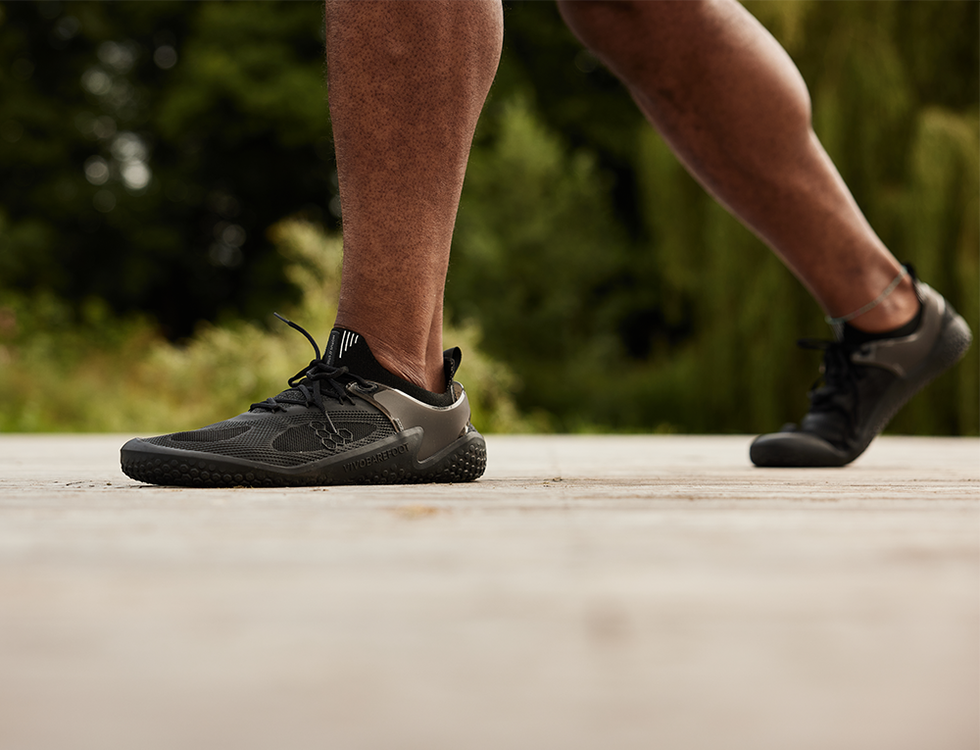
Credit: www.menshealth.com
When it comes to sports, choosing the right shoes is crucial to prevent injury and enhance performance. For those who prefer a minimalist approach, barefoot training shoes have become increasingly popular. These shoes are designed to offer a closer-to-barefoot experience while still providing some protection and support. Let’s take a look at how barefoot training shoes can benefit specific sports.
Barefoot shoes are a great choice for runners and hikers who want to improve their form and foot strength. With a zero-drop sole and a wide toe box, barefoot shoes allow the foot to move naturally and provide better ground feedback. This can help runners and hikers avoid common injuries such as shin splints and plantar fasciitis. Additionally, barefoot shoes are lightweight and flexible, making them ideal for long-distance running and hiking.
Barefoot shoes are also suitable for weightlifting and gym workouts. With a flat and thin sole, barefoot shoes provide a stable base for lifting heavy weights. The lack of cushioning also helps improve balance and proprioception, allowing weightlifters to focus on proper form. Barefoot shoes can also help reduce the risk of ankle and knee injuries by promoting a more natural stance.
For water sports and beach activities such as surfing, kayaking, and paddleboarding, barefoot shoes are a great option. These shoes are made with quick-drying and water-resistant materials, providing good traction on wet surfaces. Additionally, barefoot shoes are lightweight and flexible, allowing for easy movement and balance on the water. They also offer some protection against sharp rocks and shells.
| Activity | Shoe Brand and Model | Features | Price |
|---|---|---|---|
| Running and Hiking | Vivobarefoot Mens Low-Top | Zero-drop sole, wide toe box, lightweight | $118.95 |
| Weightlifting and Gym Workouts | Naturcontact Weightlifting Barefoot Shoes | Flat minimalist sole, high-rise side walls, improved foot shape | $79.90 |
| Water Sports and Beach Activities | Barefoot Shoes Walking by Lorax Pro | Quick-drying and water-resistant, non-slip sole, wide toe box | $59.90 |
Whether you are a runner, weightlifter, or water sports enthusiast, barefoot training shoes can offer a unique and beneficial experience. With their minimalist design and natural feel, these shoes can help improve your performance and reduce the risk of injury. Make sure to choose the right pair of barefoot shoes for your specific sport and enjoy the benefits of barefoot training.
Training in barefoot shoes can improve foot strength and balance. It’s essential to start gradually and consult a professional.
Barefoot trainers can be good for you, as they allow your feet to move naturally and strengthen the muscles in your feet and legs. However, they may not be suitable for everyone and should be introduced gradually to avoid injury.
It’s important to choose a pair that fits well and provides enough support for your feet.
Podiatrists are against barefoot shoes because they provide minimal support and cushioning, which can lead to foot and ankle injuries.
Athletes train barefoot to strengthen foot muscles, improve balance, and enhance proprioception for better performance.
Barefoot training shoes offer a unique and beneficial approach to fitness and athletic performance. With their lightweight design and minimalistic features, these shoes promote natural movement and strengthen the muscles of the feet. Whether you’re a runner, weightlifter, or simply looking to improve your overall foot health, barefoot training shoes are a worthwhile investment.
Explore the various options available and experience the benefits of training like you’re barefoot.
Get our most valuable tips right inside your inbox, once per month!
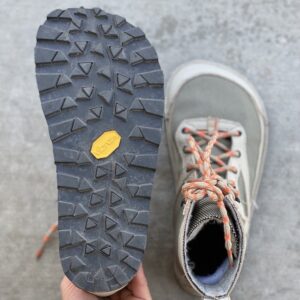
Looking for walking shoes with a wide toe box? Check out these top options for men and women that offer comfort, support, and a roomy
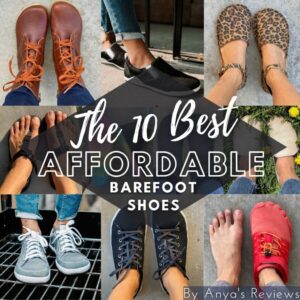
Looking for cheap barefoot shoes? Check out WHITIN Men’s Ultra-ventilated Barefoot Shoes for $19.99 on Amazon.com or Men’s Quick-dry Barefoot Shoes for $8.47 on Temu.
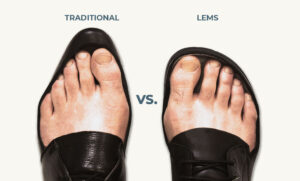
Foot-shaped shoes are available in various brands such as Lems Shoes, Padgene, Barekick, WHITIN, relxfeet, Xero Shoes, New Balance, Earthing Harmony, Atoms, BRONAX, Hike Footwear,
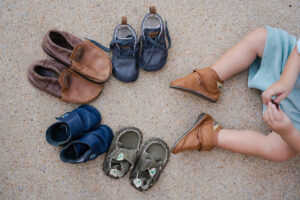
Toddler Barefoot Shoes provide a minimalist and lightweight option for kids to splay their feet naturally while walking, running, or playing sports. These shoes have
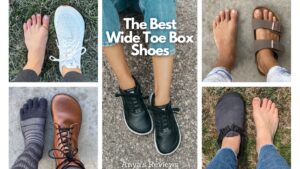
Discover a variety of wide toe box shoes for women in Austin, Texas, including options from Orthofeet, WHITIN, Temu, and more. These shoes offer comfort
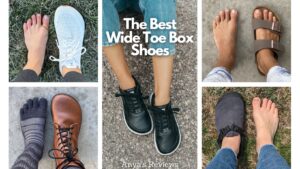
Toe box shoes provide ample space for the toes, allowing them to move freely and comfortably. They are available in various styles and sizes, with
